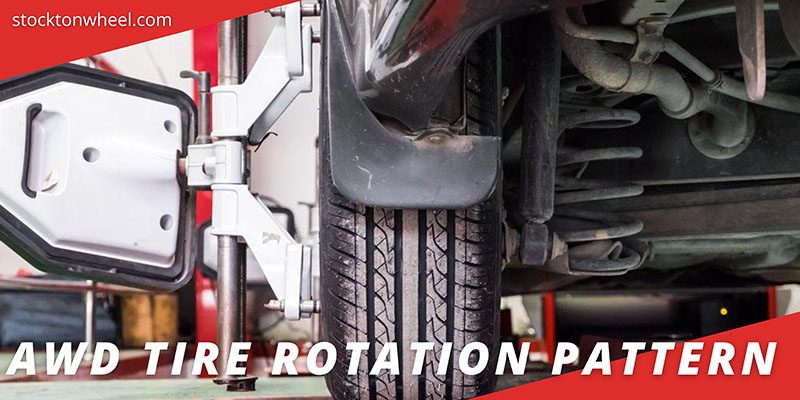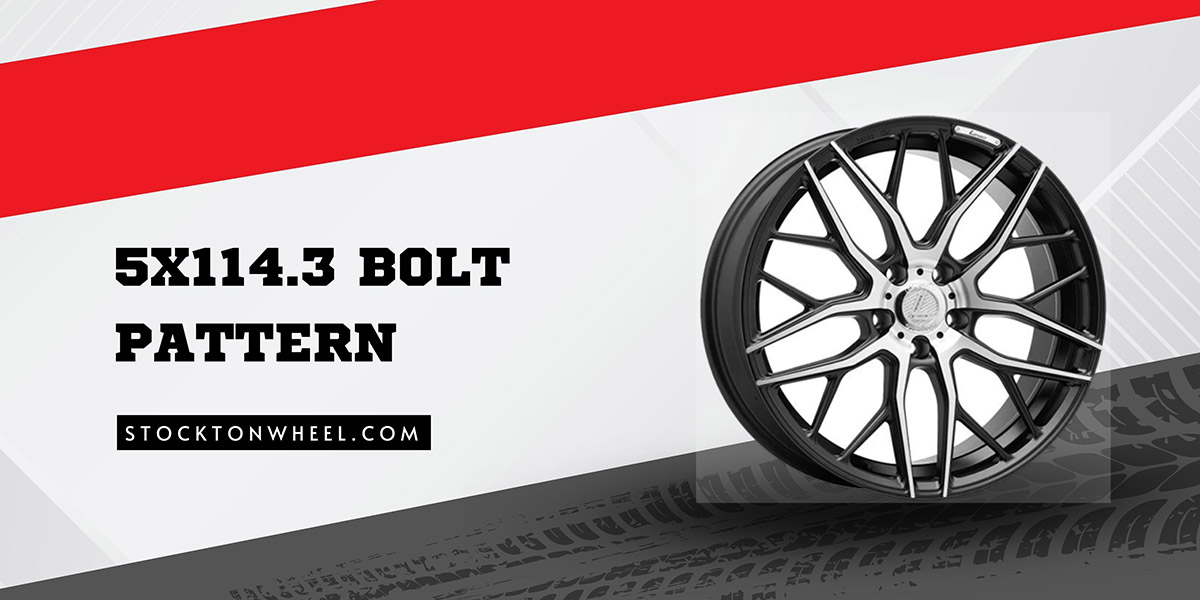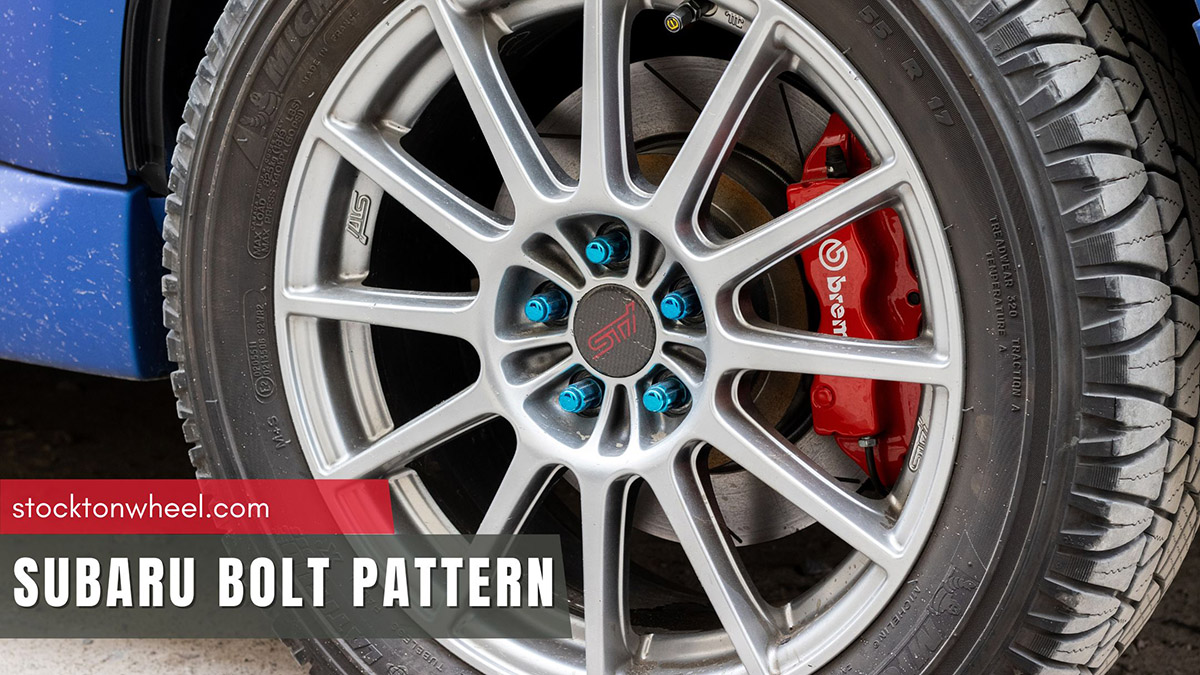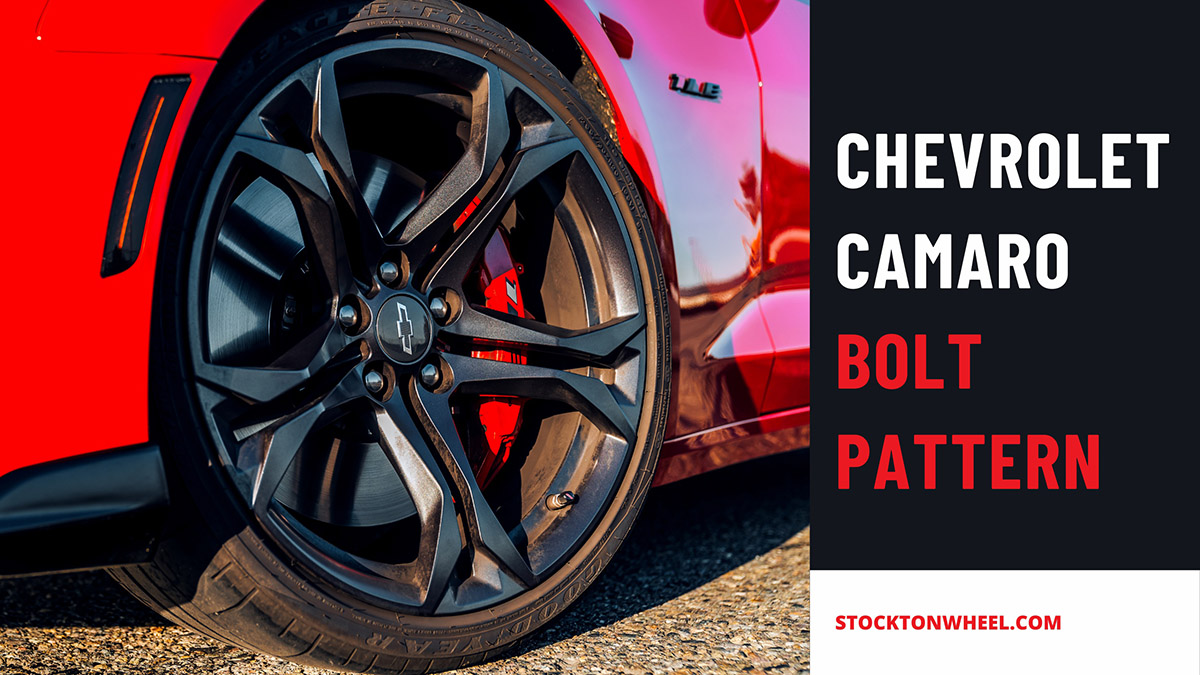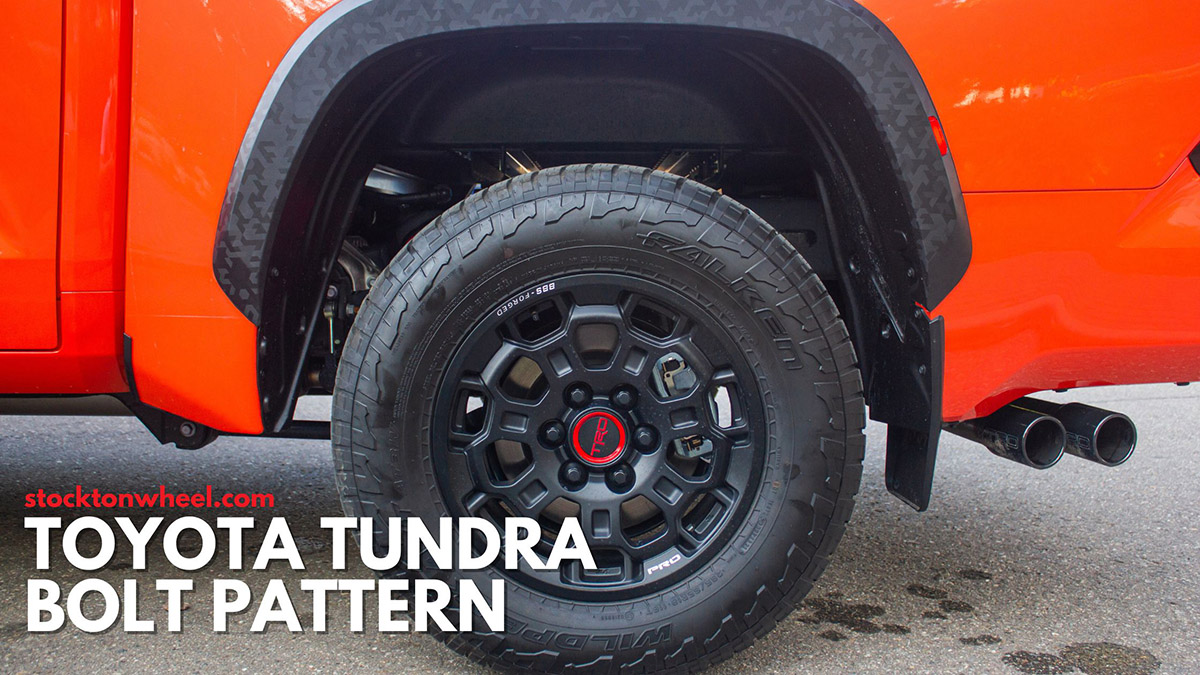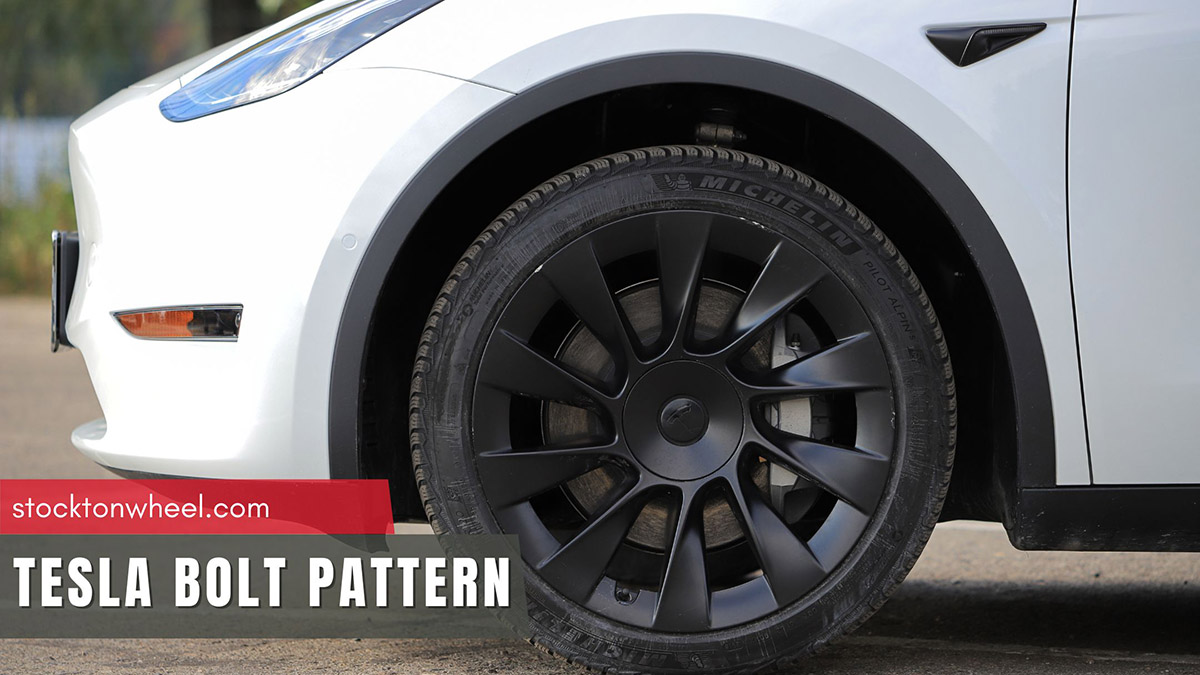If you own an all-wheel drive (AWD) vehicle, you already know the benefits of its enhanced traction and handling. But did you know that regular tire rotation plays a crucial role in maintaining the performance and longevity of your AWD system? Here is what you need to know about tire rotation diagram in AWD.
In this article:
Why AWD Needs Tire Rotation
There is a misconception that AWD doesn’t need rotation as power distributes evenly on 4 tires and hence even tire wear. In reality, the front and rear axles may experience different levels of traction and force.
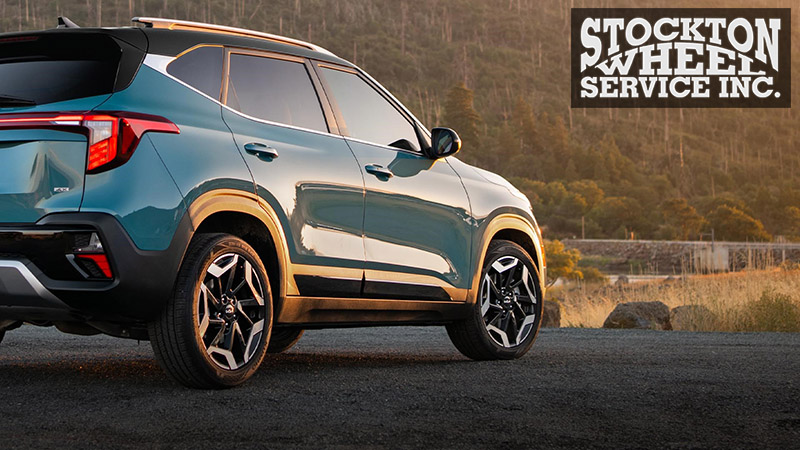
Push or understeer results from the front tires’ slip angle being larger than the rear tires. Since most city drivers lack the necessary skill set to counteract oversteer, most production city road cars are built to understeer.
In light of the fact that a vehicle’s weight is typically distributed with 40% on rear and 60% on front, the reduced load on the rear tires may occasionally lead to increased irregular wear. That’s because there is insufficient weight to prevent straight-ahead rolling slip. Uneven wear will be assured by poor rear alignment.
That’s not to mention most AWD automobiles normally run in 2WD mode. The AWD mode is only triggered when loss of traction is recognized, resulting in uneven tire wear.
AWD Tire Rotation Pattern
The 2 most popular tire rotation patterns for AWDs are X-pattern (front to rear, switch side, and vice versa) and rearward cross pattern (front to rear – switch side, and rear to front – same side). Directional tires use front-to-rear pattern, while side-to-side style is for staggered tires.
For Non-Directional Tires
For AWD BMWs equipped with non-directional tires, there are two commonly used rotation patterns.
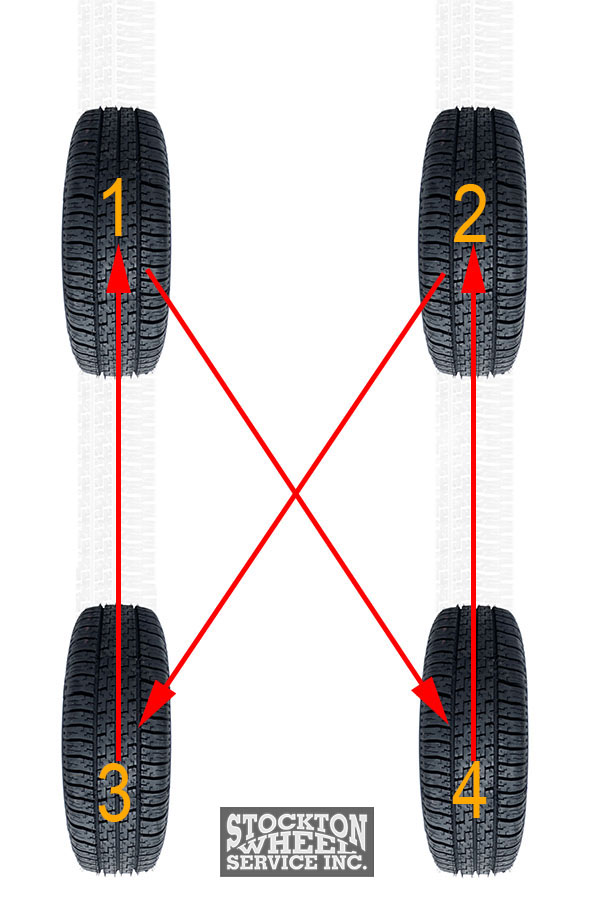
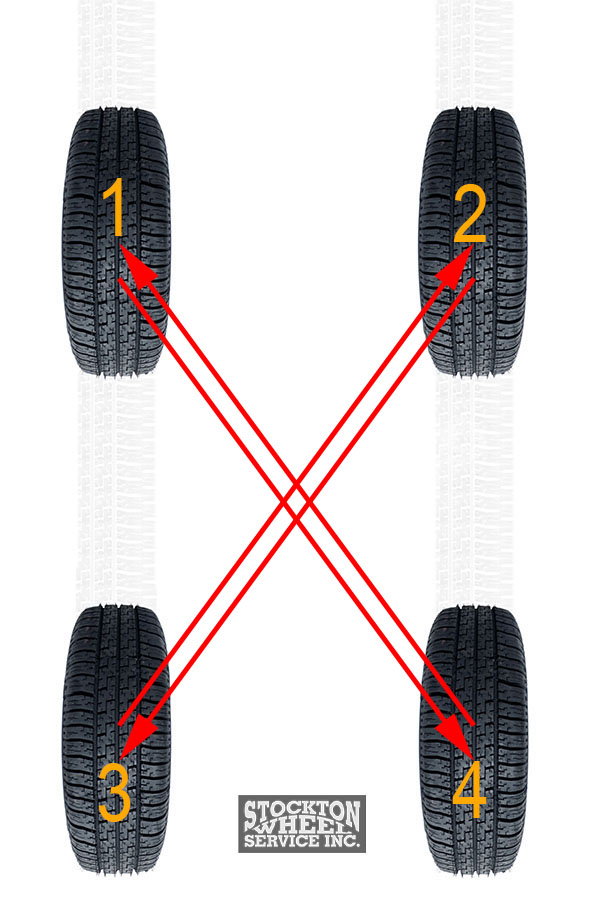
Rearward cross pattern: The rear tires will go to the front of the same side, while the front tires are transferred to the rear with the crossed side. This rotation pattern helps equalize wear between the front and rear tires, limiting uneven tread wear and maintaining balanced handling.
X-Pattern: The front tires move diagonally to the rear, and repeat with the rear ones, forming an X shape. This method also ensures that tire wear is evenly distributed across all four wheels, resulting in extended tire life and consistent performance.
For Directional Tires
With directional tires, the correct tire rotation pattern is a simple front-to-rear rotation. The front tires are to the rear, while the rear tires are moved to the front; both remain the same side. This rotation method maintains the original tire rotation direction, which is essential for optimal performance and handling.
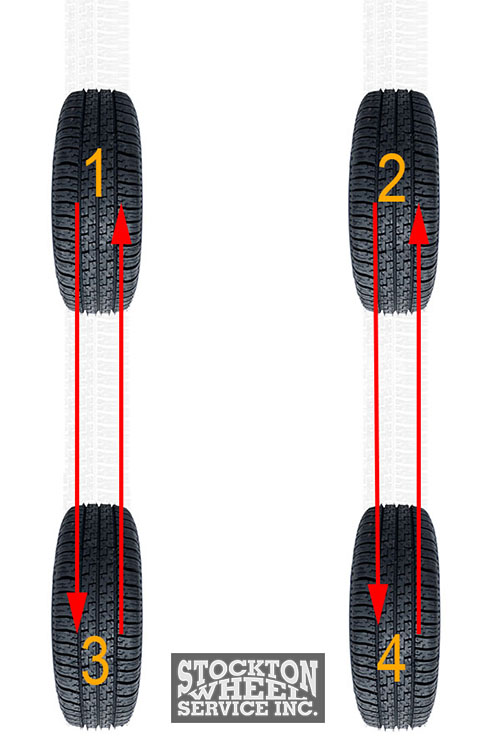
For Staggered Tires
Staggered tires must stay on the same axle and cannot be turned from front to back. They are only capable of side-to-side style. Although rotating tires from front to back tends to extend tire life, rotating tires from side to side will help equal out wear discrepancies between the sides.
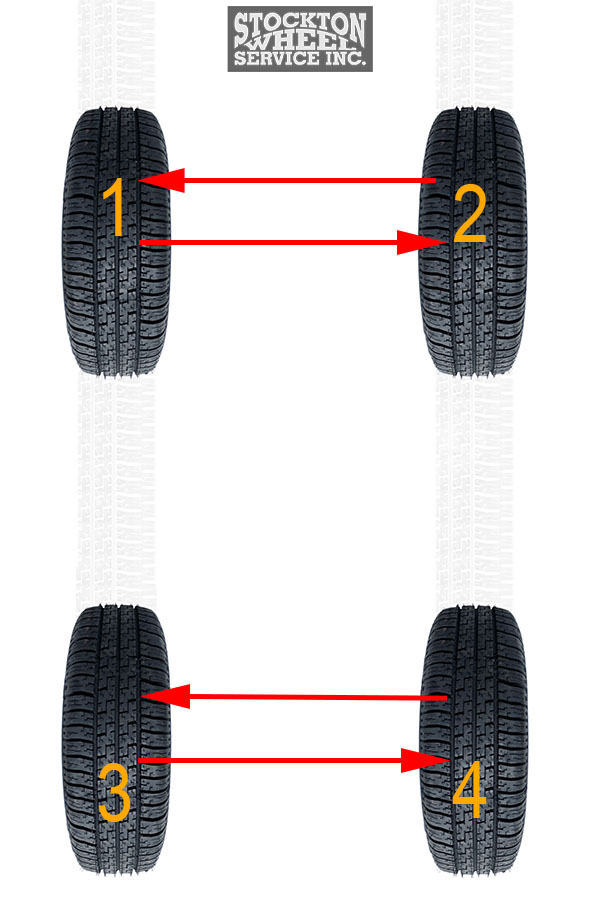
When Equipped With A Spare Tire
The rearward cross 5-tire rotation pattern includes rotating all five tires in a similar manner to the rearward cross pattern mentioned earlier.
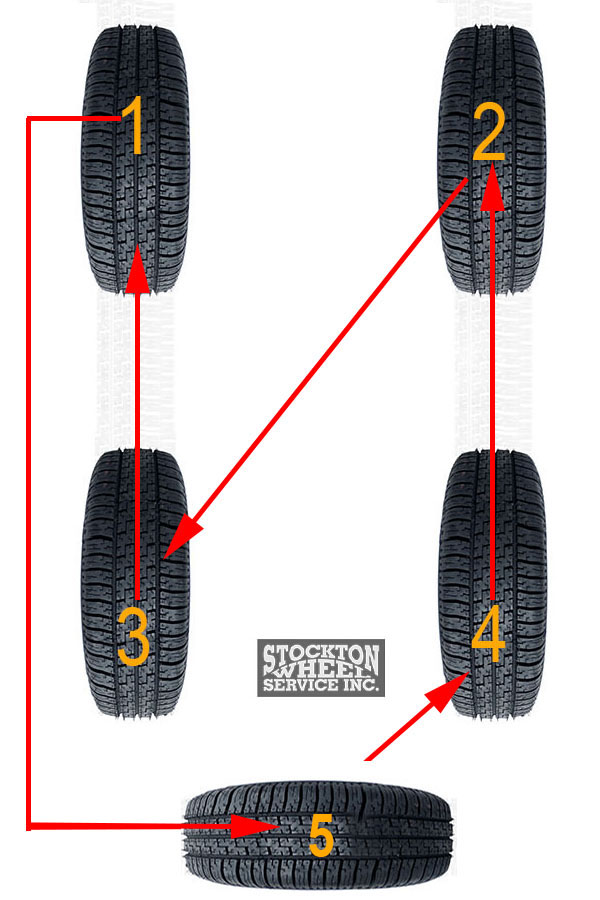
The full-size spare tire is included in the rotation, ensuring even wear across all five tires. This pattern is particularly important to maintain consistent performance and handling characteristics when utilizing the spare tire.
How To Rotate Tires AWD
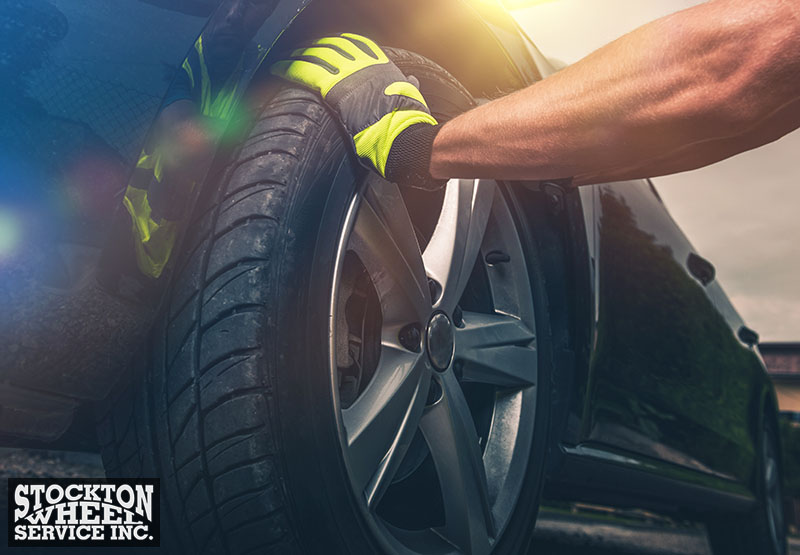
The rotating process can be a bit confusing at first. Here is my method that makes it easier for you to perform this task.
Step 1: Find a flat and level surface to park your vehicle. Engage the parking brake and turn off the engine for driving safety.
Step 2: Loosen lug nuts on all the wheels using a lug wrench or torque wrench. Do not remove them completely at this stage; just loosen them enough to make the tire removal easier when the vehicle is lifted.
Step 3: Locate the recommended lift points specified in your owner’s manual. Using a hydraulic lift or a jack and jack stand, lift one side of the vehicle at a time. Ensure that the vehicle is securely supported before continuing.
Step 4: Starting with the first wheel, completely remove the lug nuts and carefully take off the wheel. Place it aside in a safe location.
Step 5: Rotate the tires, following the recommended pattern mentioned above.
Install all tires in the appropriate position based on the rotation pattern and ensure they are securely mounted.
Step 6: Gradually tighten the lug nuts in a star or cross pattern using a lug wrench or torque wrench. Make sure they are tightened to the tire manufacturer’s recommended torque specifications to avoid over or under-tightening.
Step 7: Carefully lower the car using the hydraulic lift or remove the jack stands and lower the jack. Ensure the vehicle is on the ground and stable before moving to the next wheel.
Step 8: Repeat the process for the remaining wheels, one at a time, until all tires have been rotated according to the recommended pattern.
How Often To Rotate Tires On AWD
Generally speaking, tires should be rotated every 5,000 to 7,000 miles, every six months, or whenever you change your tires, depending on the manufacturer’s guidelines and driving conditions.
The Automobile Protection Association (APA) recommends rotating tires on a regular basis to encourage the most uniform wear possible.
Sometimes, you might rotate your tires sooner or later than this interval.
For example, you use snow tires for winter driving. When summer comes, you have to take them off for summer or all-season tires, and you need to rotate them before mounting.
Frequently Asked Questions
Should You Rotate Tires On An AWD BMW?
Yes, you should rotate the tires on an AWD BMW. Rotating the tires on an AWD BMW is essential to ensure even tire wear, maintain balanced handling, and maximize the performance and longevity of the tires.
Where Do You Put Better Tires On An AWD?
It is recommended to put better tires on the rear axle. This is because the rear tires have a greater influence on the stability and handling of the vehicle, especially during cornering or in wet or slippery conditions.
The Bottom Line
Proper tire rotation is a vital vehicle maintenance task for maximizing the performance and longevity of your vehicle’s tires and AWD system. Follow the recommended all wheel drive tire rotation pattern and intervals to ensure even tire wear, balanced handling, and optimal traction.
Don’t overlook this simple yet significant practice that can make a big difference in the long-term health of your vehicle.

